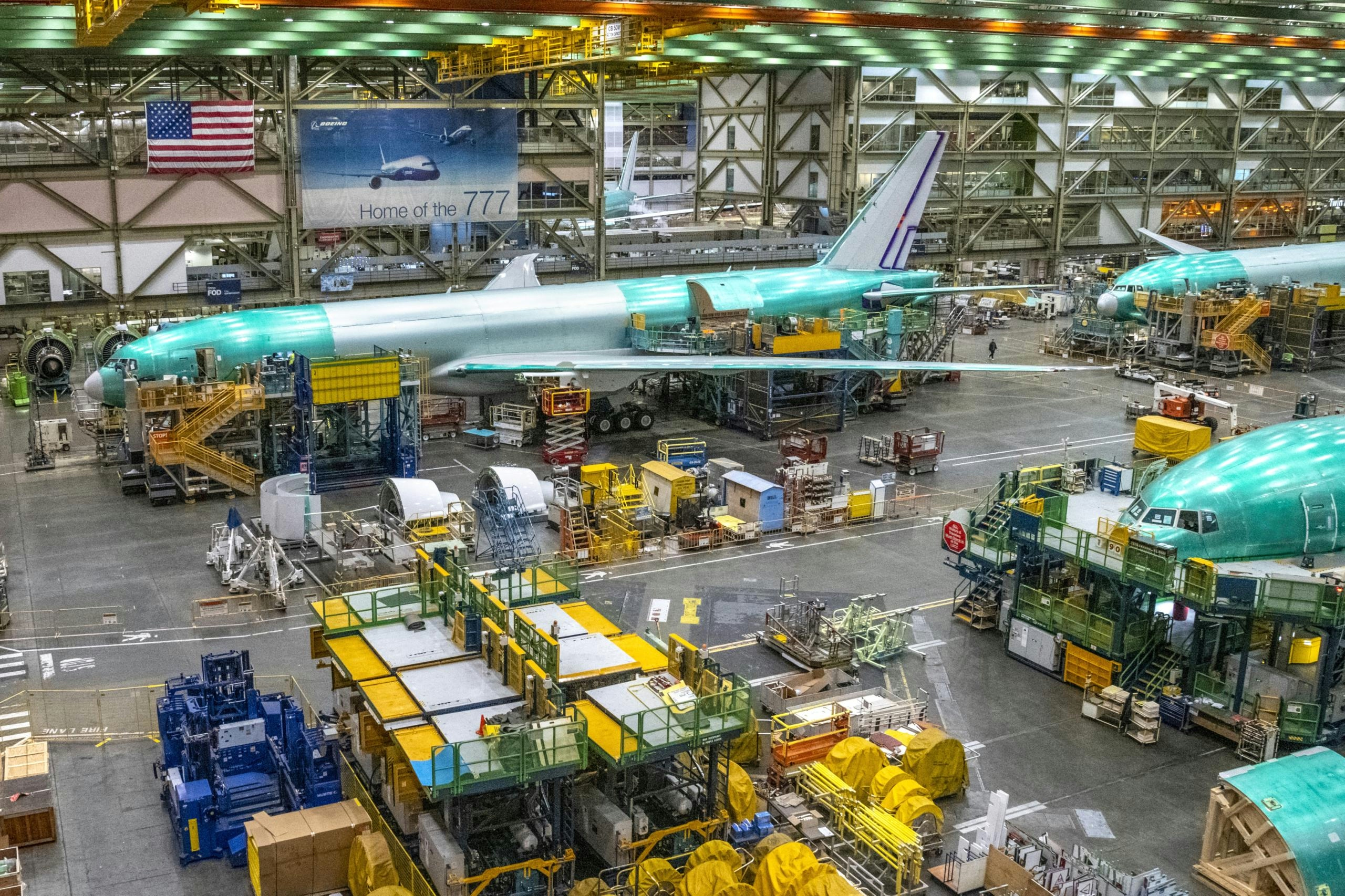
AeroGenie — 您的智能副驾驶。
热门趋势
Categories
Comparing Widebody Fleets of Delta, American, and United Airlines
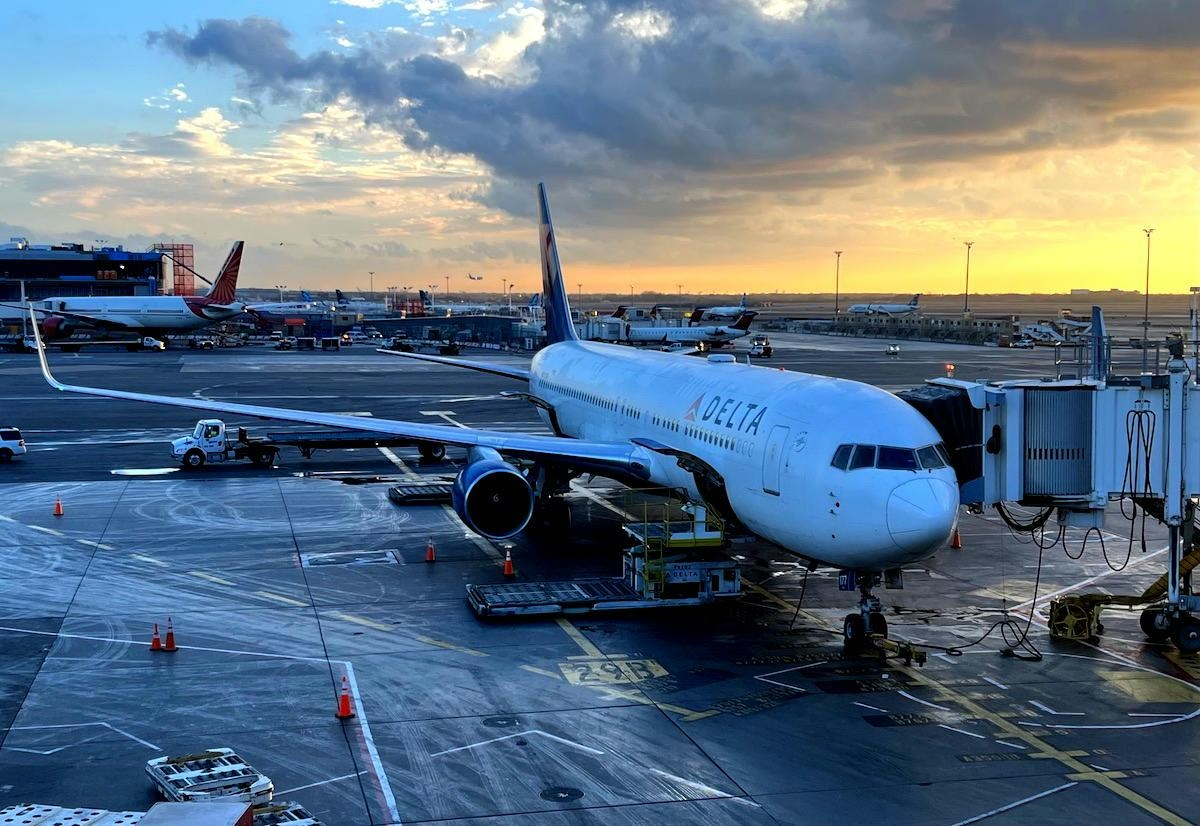
Comparing Widebody Fleets of Delta, American, and United Airlines
The widebody fleets of Delta Air Lines, American Airlines, and United Airlines form the backbone of their long-haul and high-capacity operations, playing a pivotal role in their global strategies. For passengers, the choice of aircraft significantly influences the comfort of extended flights, while for the airlines, widebody efficiency is essential for managing costs and advancing sustainability objectives. As these carriers modernize their fleets and respond to evolving market conditions, their differing approaches reveal distinct brand priorities and operational challenges.
Fleet Modernization and Composition
Each of the three major U.S. legacy carriers operates a substantial widebody fleet comprising Boeing 777s and 787s, Airbus A330s, and A350s, yet their strategies diverge markedly. Delta has focused on fleet modernization by phasing out older Boeing 777-200ERs in favor of newer Airbus A330neos and A350s. These aircraft feature upgraded cabins, including Delta One suites and Premium Select seating, alongside enhanced fuel efficiency. United Airlines has pursued an aggressive expansion of its Boeing 787 Dreamliner fleet, operating all three variants to bolster its transpacific capabilities and operational flexibility. United’s combination of Airbus and Boeing widebodies supports a versatile global network. Meanwhile, American Airlines maintains a broad international route map and emphasizes business class value on its long-haul 777-300ERs, despite the aging nature of these aircraft. The airline benefits from strong fleet commonality and regular renewal cycles to sustain its operations.
Market Dynamics and Delivery Schedules
The comparison of these fleets is complicated by differing aircraft delivery schedules, which are poised to influence the competitive landscape in the near future. According to Aviation Week Network, June 2025 will witness a range of Boeing and Airbus widebody deliveries. United’s future fleet strength hinges on the timely arrival of its Dreamliners, while Delta and American await new aircraft to replace aging jets. Market responses to these strategies have been varied. American Airlines’ second-quarter 2025 results indicate a rebound in travel agency sales, signaling renewed demand for its international services. In contrast, Delta reported only modest growth during the same period, reflecting a more cautious market environment. United faces broader economic uncertainties, with consumer spending volatility contributing to a wide range of financial forecasts, as noted by Reuters. Strategic partnerships also influence fleet deployment decisions. Delta’s recent reduction of its Aeromexico partnership, following the loss of antitrust immunity, has affected its market reach and may impact future widebody utilization.
Passenger Experience and Operational Efficiency
The three carriers offer distinct cabin experiences that reflect their brand identities. Delta leads in cabin consistency and reliability, with its Delta One suites providing enhanced privacy and comfort. United emphasizes innovation through its Polaris business class and a modern, fuel-efficient fleet. American distinguishes itself with an expansive network and competitive business class offerings, although some of its aircraft are older. Key performance metrics such as average fleet age, on-time performance, and passenger satisfaction further differentiate the airlines. Newer aircraft like Delta’s A350s and United’s 787s outperform older models in fuel efficiency and passenger appeal. Cabin features, including suites with doors, advanced inflight entertainment systems, and ergonomic seating, play a significant role in shaping the overall travel experience.
The Competitive Landscape
Delta excels in fleet modernization and passenger comfort, United leads in fleet versatility and long-haul reach, and American offers extensive network coverage combined with business class value. However, ongoing aircraft deliveries, shifting market conditions, and evolving partnerships mean that the determination of the “best” widebody fleet in 2025 will depend on operational execution and external economic factors. The competition among these three industry giants remains dynamic and closely contested, with implications for both travelers and the broader aviation sector.

CALC Orders 30 Airbus A320neo Jets to Expand Fleet by 2026

AI in Travel Planning: Benefits, Risks, and Future Prospects
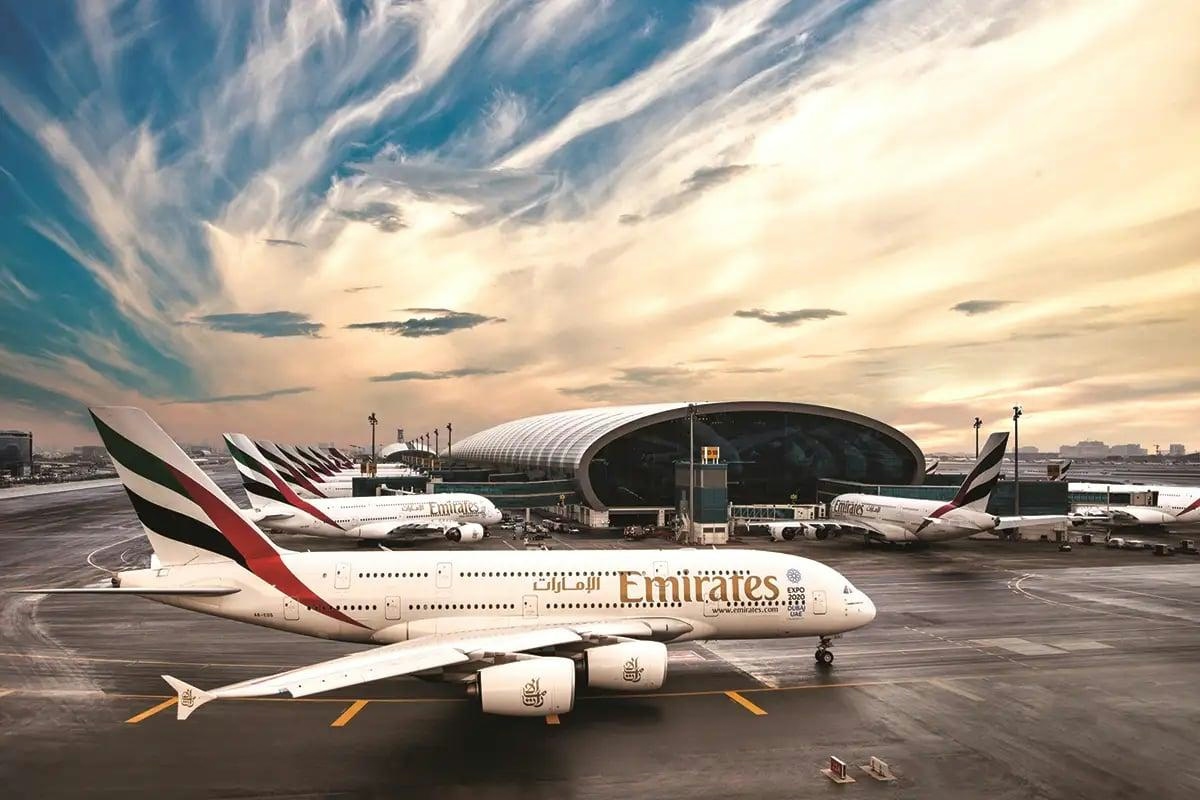
Airline Operated Largest Widebody Fleet in 2025
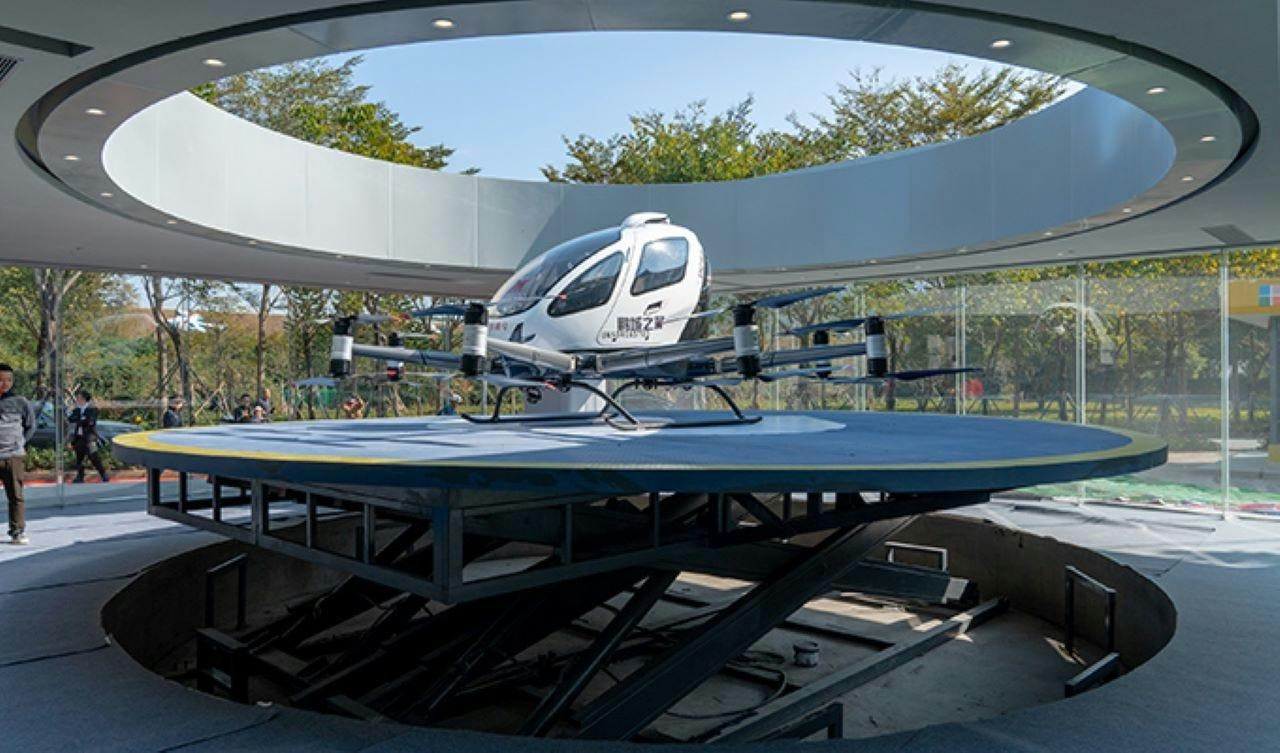
Tel Aviv Plans First Vertiport to Support Air Taxi Services

Pilot’s Distress Call Captures Near-Engine Failure Incident
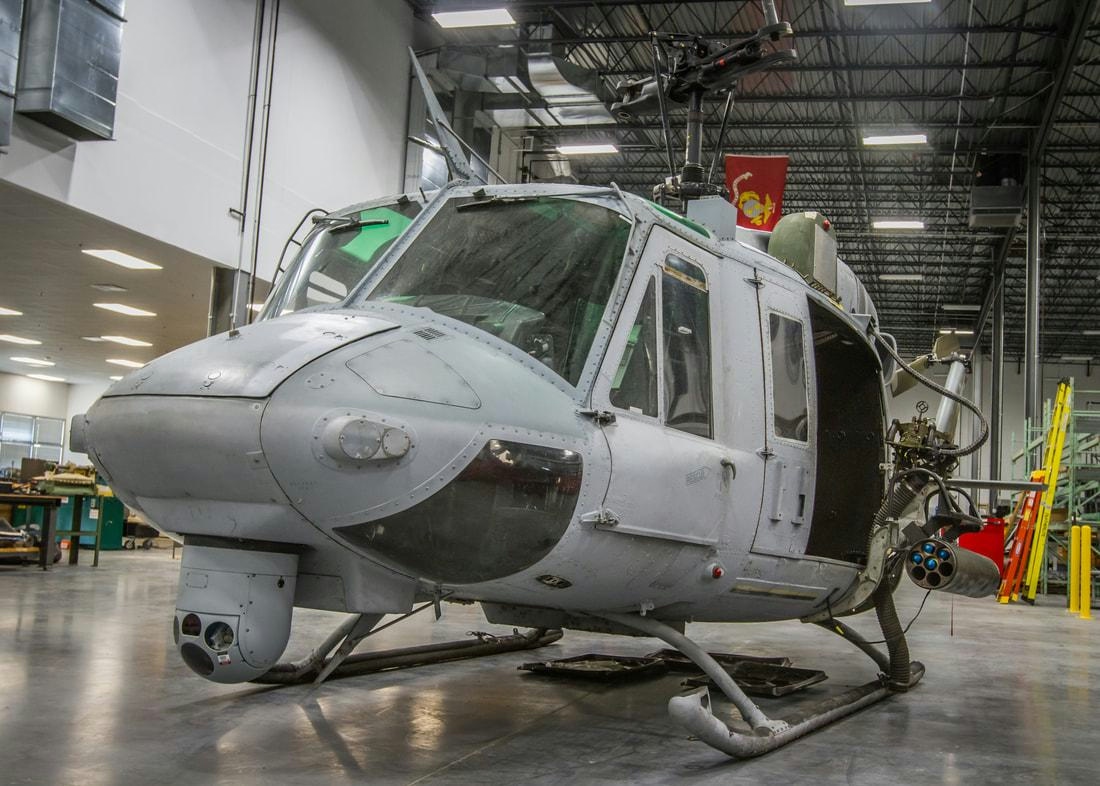
The Small Cold War Helicopter Considered by the Marines for Combat
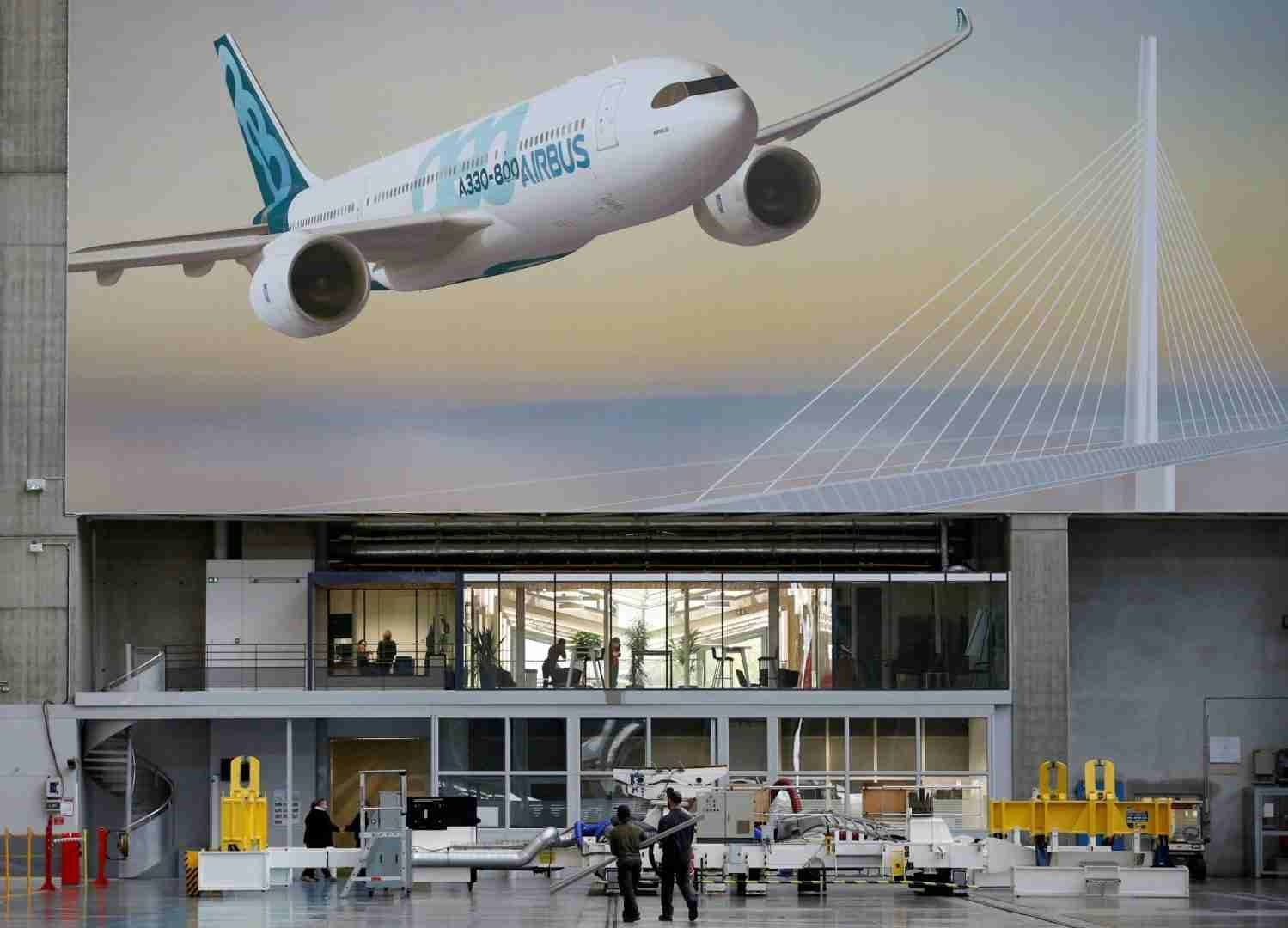
Boeing and Airbus Orders Race in 2025: Who Leads?
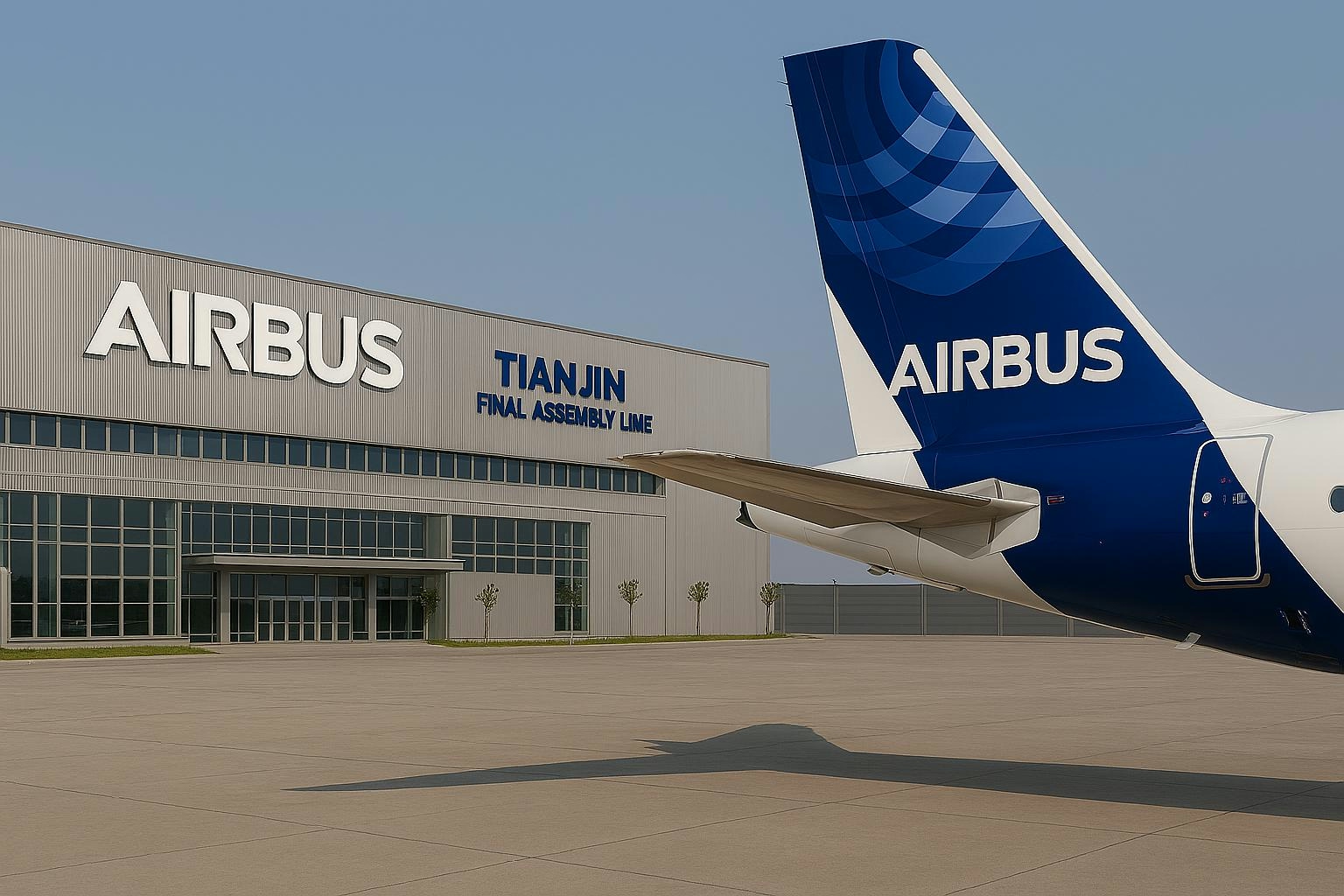
Air China Shares Rise After $9.5 Billion Airbus Jet Order
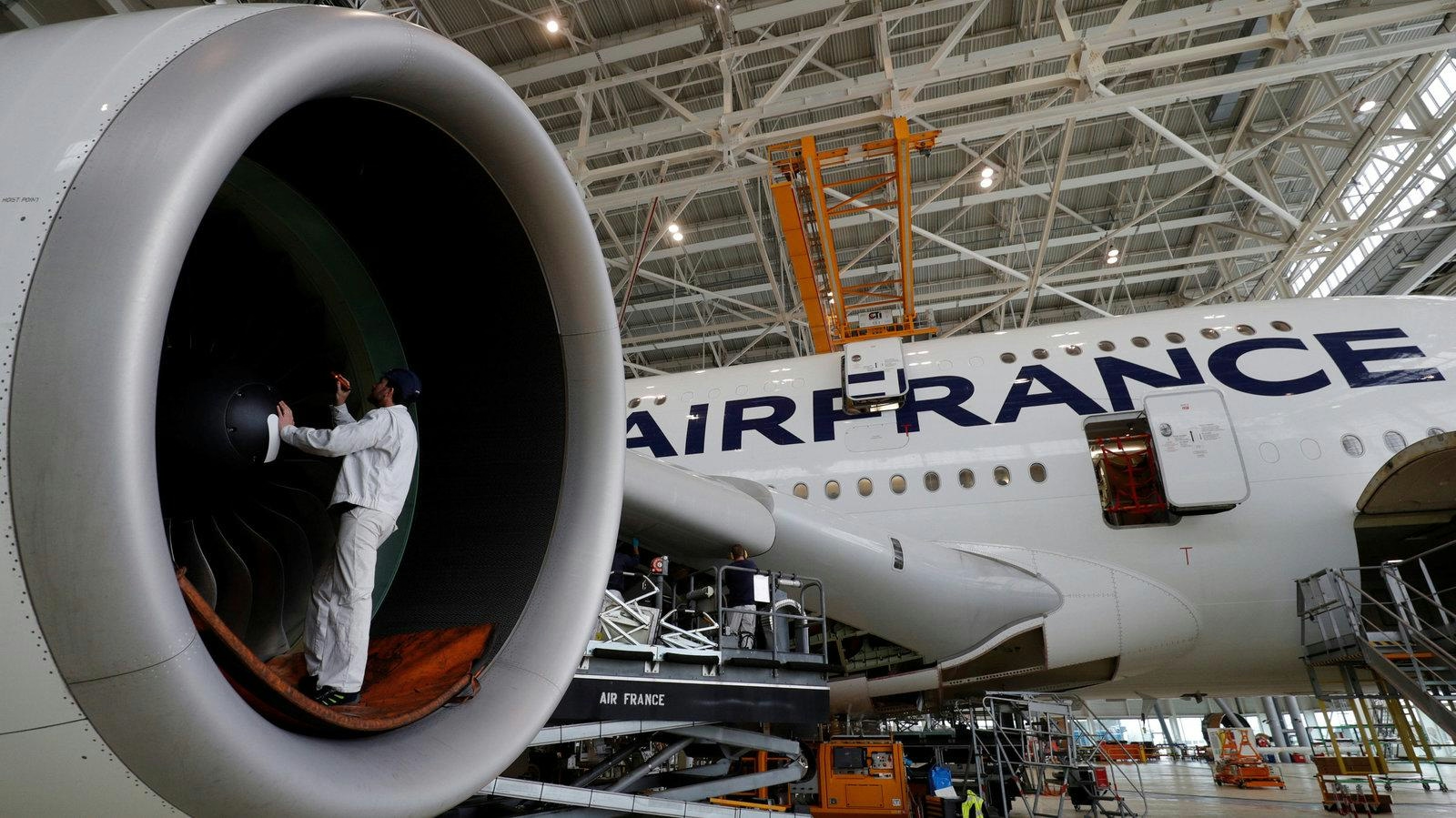
Why Airbus Chose Four Engines for the A380
